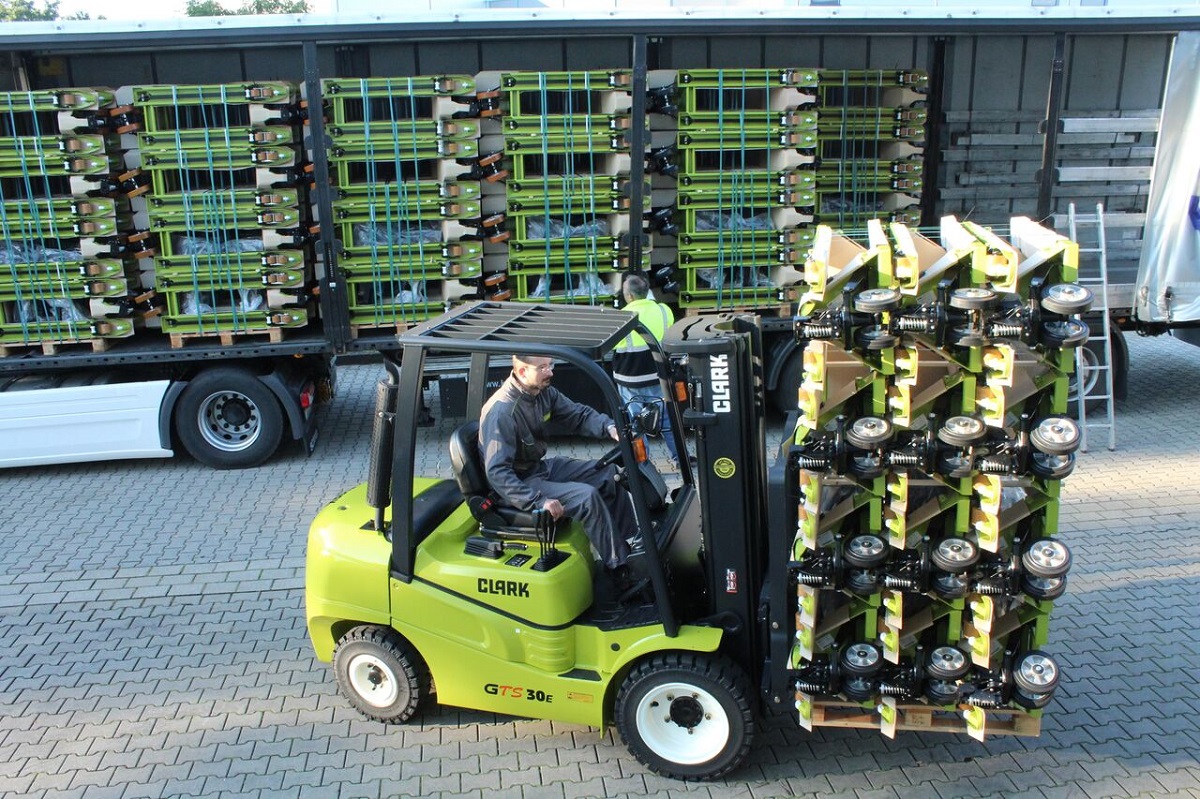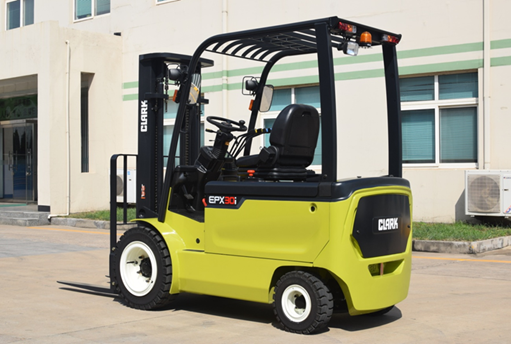Keywords: forklift hand truck, forklift in construction
What are some warehouse safety tips you should practice?
- Wear protective clothing and gear
- Use proper equipment
- Keep aisles clean
- Stack items properly
- Improve visibility
- Ensure machine operators are trained
Whether you’re managing a commercial and industrial warehouse, safety should always be your top priority. Without warehouse safety, not only would you reduce the level of productivity in your facility, but you would also end up endangering your staff.
Though minor workplace accidents are fairly common, you should always ensure that you’re keeping the number of incidents at a minimum.
Keeping your warehouse safe isn’t difficult to do, as long as you are comprehensive in this regard. Continue reading to learn more about the different warehouse safety tips you should practice.
Wear protective clothing and gear
As with any kind of work involving the handling of heavy objects, staff who constantly work in a warehouse environment should ensure they’re wearing the proper type of protective clothing and gear. If you’re a manager, you should always conduct inspections on each of your staff workers as they’re reporting to work, to see to it that their outfit won’t make them vulnerable to any type of warehouse hazard.
Some of these protective gear includes fire-resistant clothing, safety goggles, hard hats, steel-toe boots, high-visibility vests, work gloves, and the like.
It should be typically the policy of your company to shoulder the costs of acquiring these items, as well as, distributing these items to your staff. A handy tip you might want to use is to keep a spare set of protective gear in your warehouse, in the event of incomplete gear.
Use proper equipment

In terms of carrying items from one place to another, your warehouse staff should make sure they’re using the proper kind of equipment. After all, you wouldn’t use a rack to carry around a large pallet, in much the same way that you wouldn’t use a forklift to stack small items.
Larger warehouses that have narrow aisles commonly employ the use of reach trucks. Though reach trucks and forklifts are similar in many ways, the most distinct difference is that reach trucks are used for narrower aisles to stack objects in higher areas. On the other hand, forklifts are mainly used to carry heavier loads.
With the use of proper machinery, you would be able to avoid instances of falling objects in your warehouse, as well as poorly-organized items. Always consider the purpose of a machine before you begin adding them to your warehouse fleet.
Keep aisles clean
Another simple way by which you can make your warehouse safer is by keeping the aisles clean.
For example, a machine operator handling a forklift would have an easier job of navigating around the area if there are no scattered obstacles in their way. Unkempt warehouse flooring may potentially lead to accidents which can not only break the equipment but injure the staff as well.
Keeping your aisles clean also prevents accidents like slippages or falls. For example, if a puddle of water is left without attention in a particular area in your warehouse, someone from your staff might end up not noticing and subsequently slipping because of it. As a manager, it’s your responsibility to ensure someone is conducting cleanliness checks on areas with high levels of activity.
Stack items properly

By employing the proper stacking techniques, you would avoid instances of large items falling, which may end up injuring anyone from your staff.
In lifting and stacking items, you should ensure your equipment operators are knowledgeable about the maximum safe working load. This simply refers to the maximum load or capacity that the vehicle is able to carry before it undergoes strain. This information is relatively not difficult to access, as the machine’s manufacturer includes it on the product.
As much as possible, you should also train your staff the proper manual handling techniques in order to reduce the strain they experience on their bodies. Having this in mind, a machine is always preferable to do work involving the handling of heavy objects.
Improve visibility
Adding mirrors in strategic locations around your warehouse allows your machine operators to more easily navigate the space. This safety tip is important because they’re constantly maneuvering around corners, as well as reversing when needed.
The added visibility not only allows your driver to see if there is anyone or anything blocking their way but also prevents accidents.
For higher visibility, it’s highly suggested that you install curved mirrors, especially in the warehouse’s blind spots.
Ensure machine operators are trained

Finally, another invaluable piece of safety advice for your warehouse is to ensure all staff who are required to handle heavy equipment, are trained in driving the machines.
There might be a tendency for you as a manager to fall into cost-cutting measures. The danger in this is that you might end up hiring employees who lack the necessary skills to maneuver heavy equipment. Not only will this lead to further damage to the machine, but it would also endanger your employees.
Ultimately, the benefits of conducting machine training for your operators far outweigh the initial cost you might accrue in this undertaking.
Key Takeaway
Ensuring the safety of your workers and maintaining the productivity of your operations are just some of the reasons why you should equip yourself with warehouse safety tips. The well-being of your employees should be the priority, since they bear the responsibility of handling many aspects of your warehouse operations.
The guide above has hopefully provided you with just some of the safety tips that you should be able to practice in your warehouse.